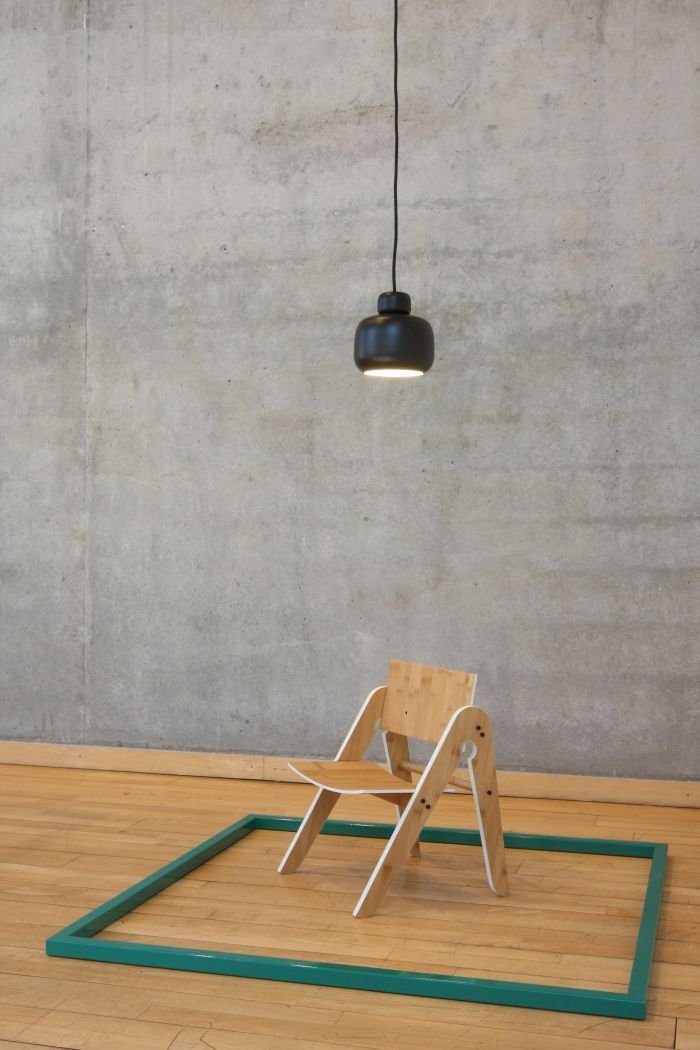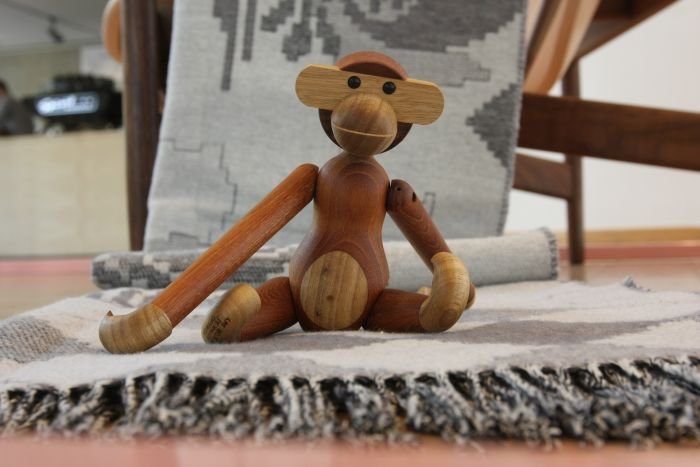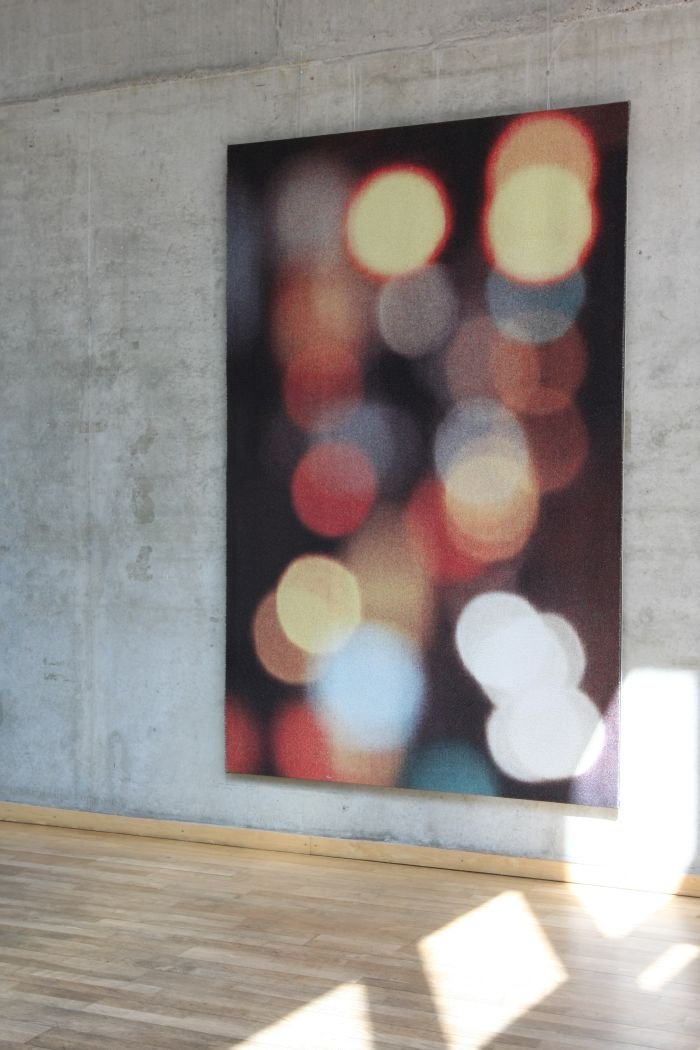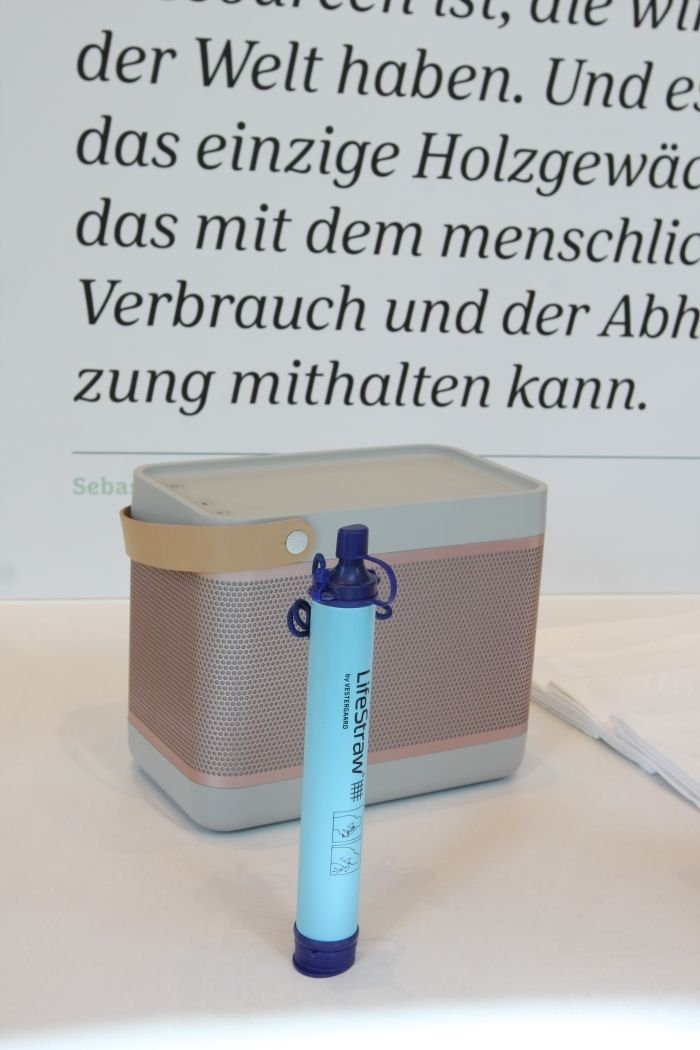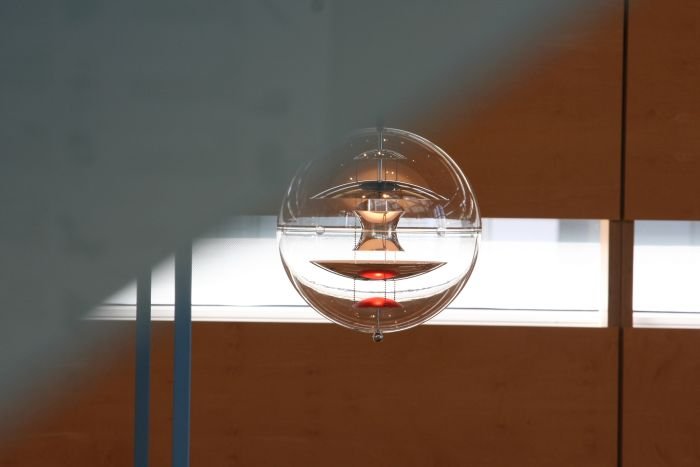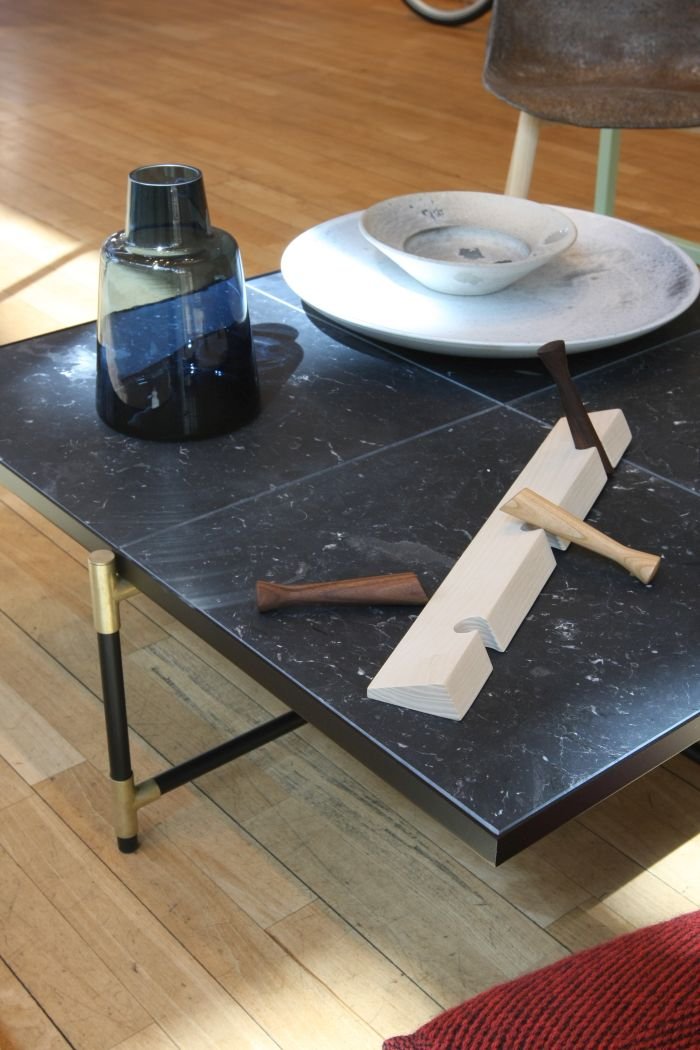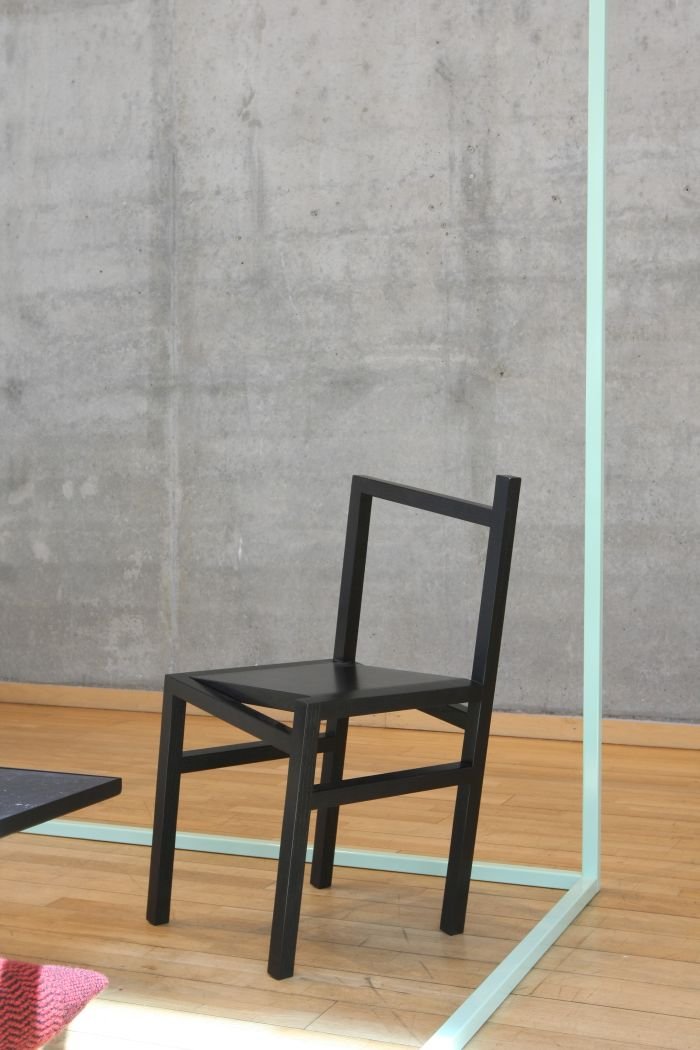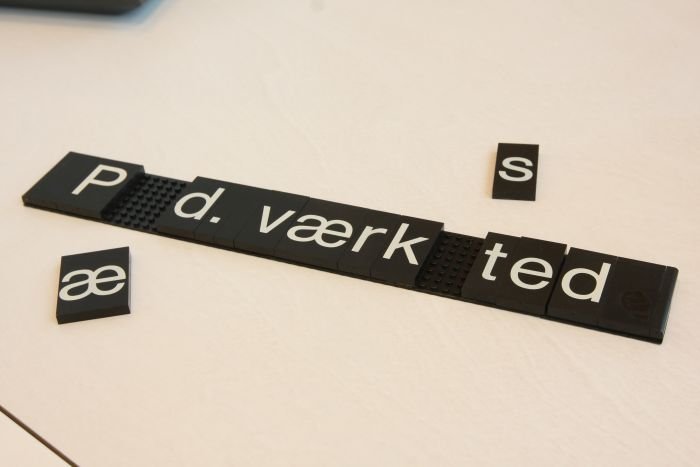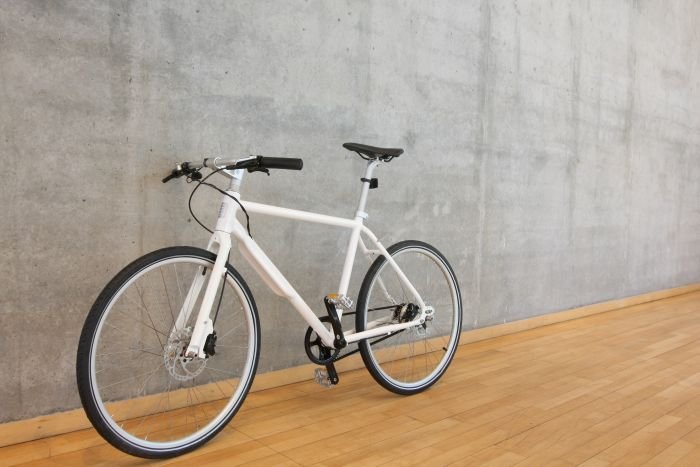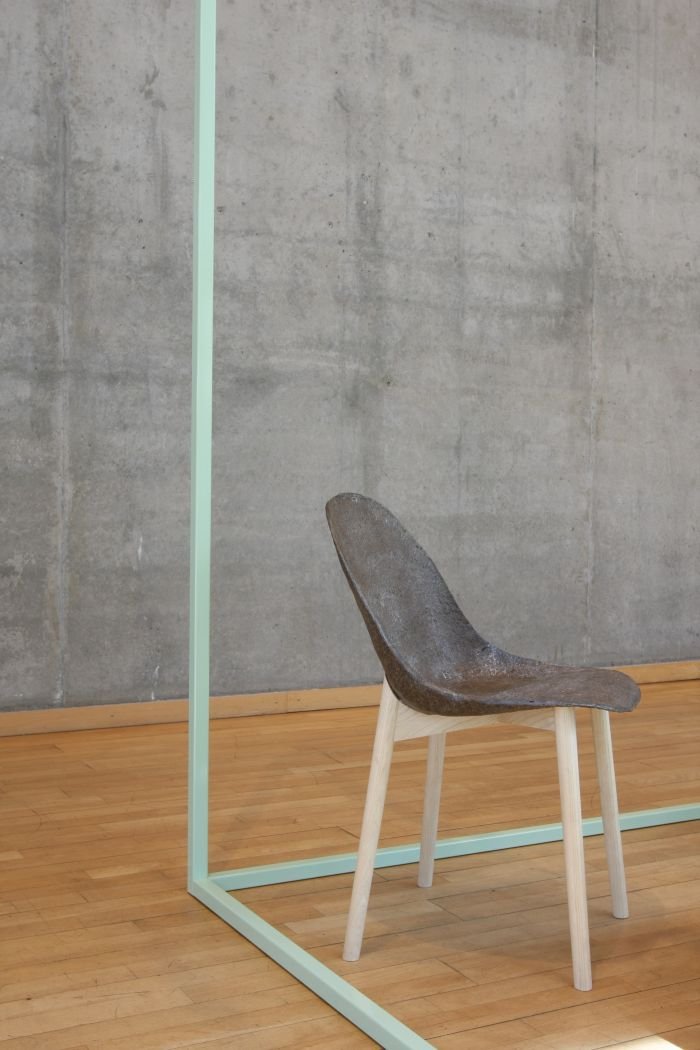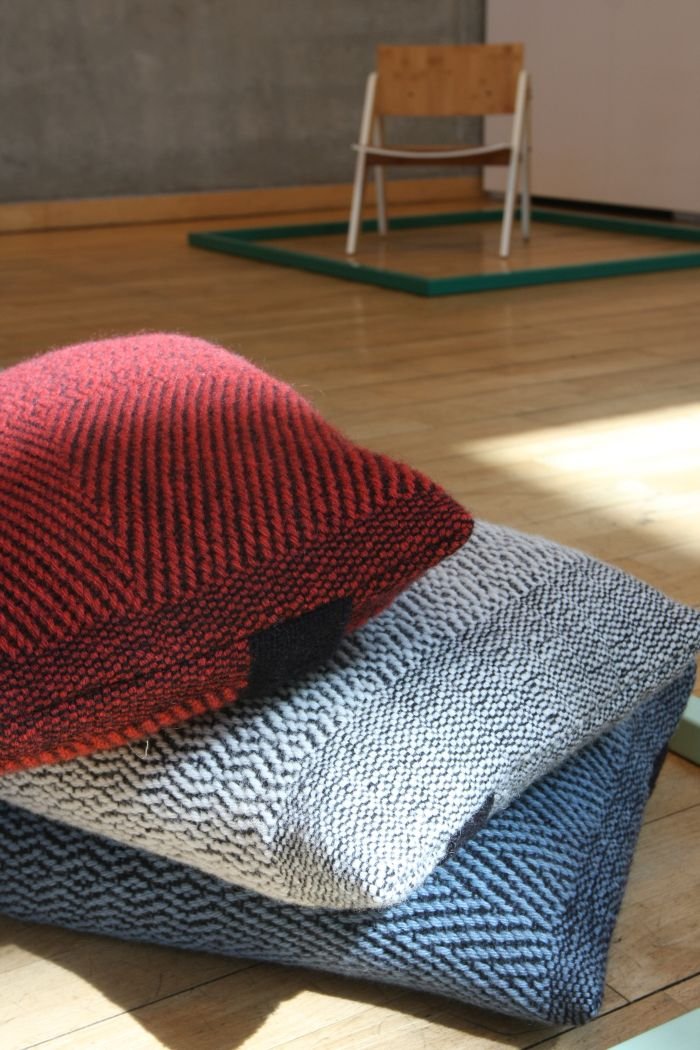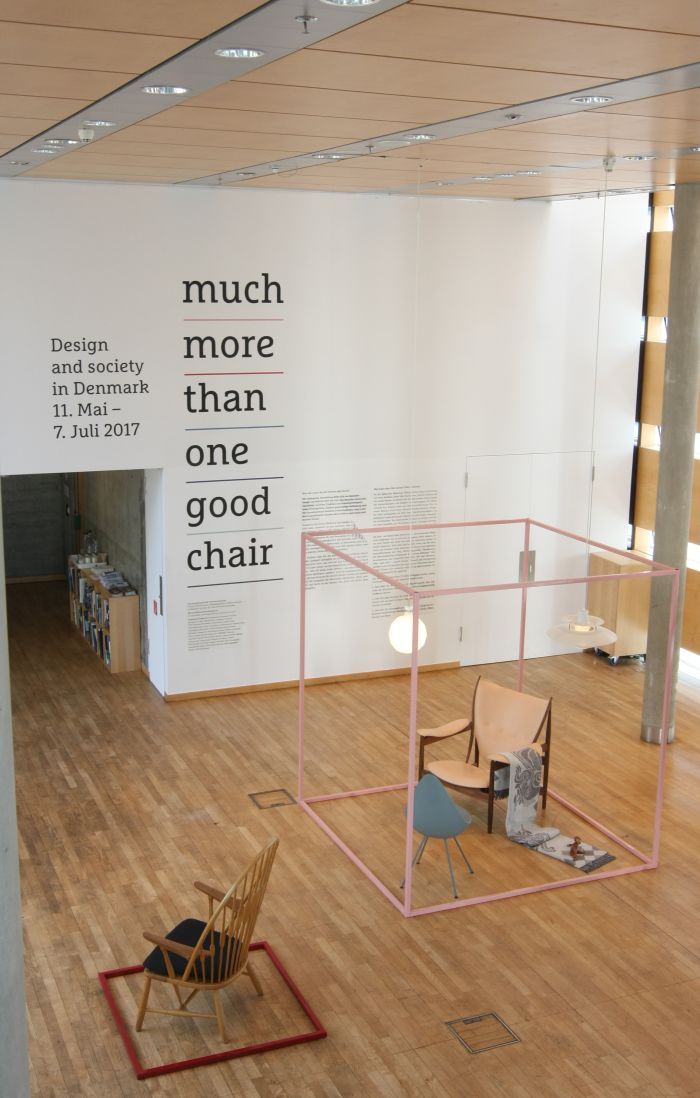With the exhibition Much More Than One Good Chair. Design & Society in Denmark, the Danish Embassy in Berlin present an exploration of the evolution of design in Denmark since 1945. And by extrapolation of the evolution of society in Denmark since 1945.
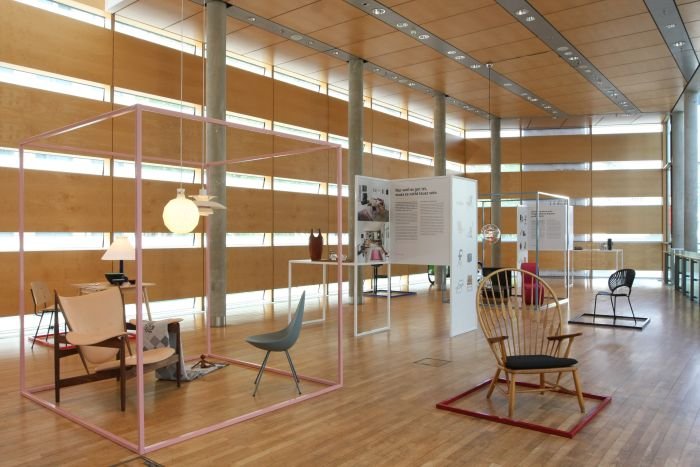
As regular readers will be very aware, we have an uneasy relationship with the term Danish Design. Or perhaps better put we don't believe in it. We believe in design from Denmark, but not that one can speak of Danish Design as a fixed, tangible "thing" the way one can about, say, a trouser press. But rather, that as a cultural, social, political and economic activity design from Denmark is as variable and as subject to evolutionary pressure as, for example, American music. Country. Rock and Roll. Hip Hop. All American. All music. All independent, if inter-related. Danish Design isn't definable, design from Denmark is however explainable, can be set in context, illuminated, and that is exactly what Much More Than One Good Chair sets out to do.
Instigated by the Danish Embassy in Berlin and curated by the designer and author Thomas Dickson, Much More Than One Good Chair traces the development of design in Denmark since the end of the second World War through a focus on three periods 1945-1968, 1969-1990 and 1990 until today, the title of the exhibition playing very nicely on the fact that the chair is the popular synonym for design from Denmark: in the course of the exhibition the organisers however explain both that design in Denmark is much more than the chair, and that understanding the wider context of design from Denmark is necessary to understanding the true character of Danish design. Our lower case "d" separating reality from legend.
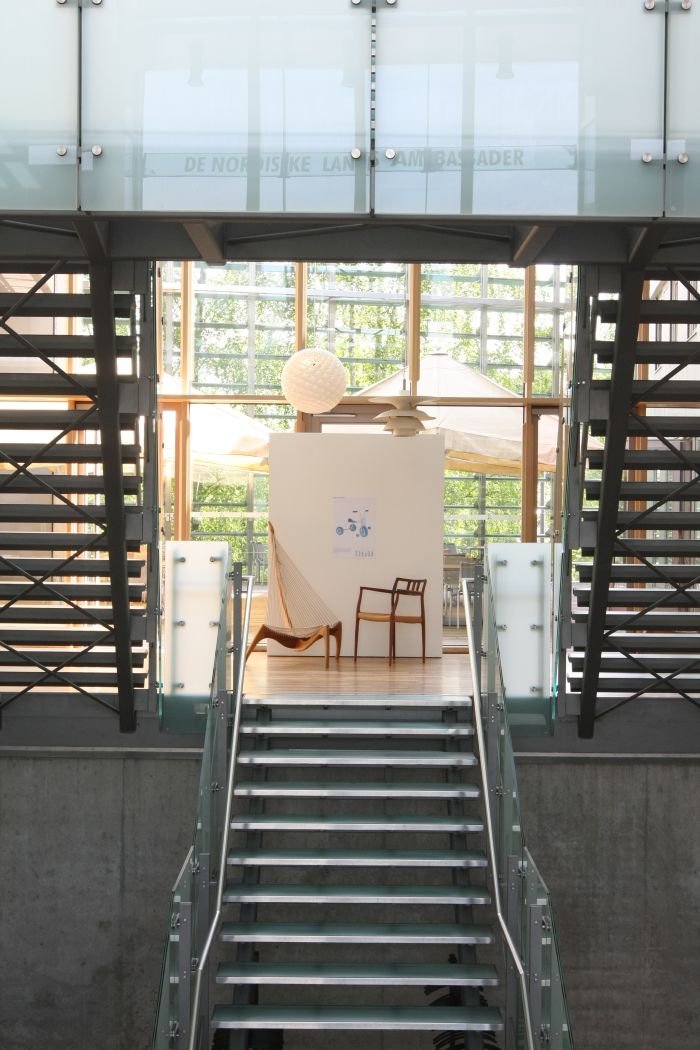
One of the more pleasing aspects of More Than Just One Good Chair is what isn’t presented. There is for example no Egg Chair, no Panton Chair, no Wishbone Chair. And so none of the easy, stereotypical, representations of Danish chair design. And thus of Danish Design. Instead one is presented with slightly more challenging works, works whose relevance and value can’t be quickly summed up with the tired cliché that flows so effortlessly from a marketeer's pen. The Chieftain by Finn Juhl, for example, being a beautifully decadent example of the formal reduction a sculptor’s eye can bring to chair design; the FDB – Danish Cooperative Society – furniture of Børge Mogensen and Poul Volther redefined methods of furniture production and consumption in post-war Denmark, without straying too far from accepted aesthetic and cultural standards; or Phantom from Verner Panton, one of his last works, and a work in many ways more durable and contemporary than the Panton Chair, without taking anything away from the revolutionary character and importance to the history of furniture design the latter represents.
Away from chairs the exhibition also includes examples of lighting design, medical design, industrial design, textile design, bicycle design – it is a Danish exhibition – and for all household objects, in which context a particularly interesting exhibit is a 1960 teak ice bucket by Jens Quistgaard, a designer who, according to Thomas Dickson, lived his whole life in Denmark, but was more or less unknown there as his work was primarily, and very successfully, sold and distributed in America by the company Dansk Designs. And thus this intoxicating, almost classical revival, ice bucket, neatly reminds us of the important role post-War America played in establishing and spreading the concept of Danish Design. And thus that Danish Design is a concept largely developed outwith Denmark's borders. With all the obvious consequences that has for its relevance to Danish identity. And complications when Danes start believing in it.
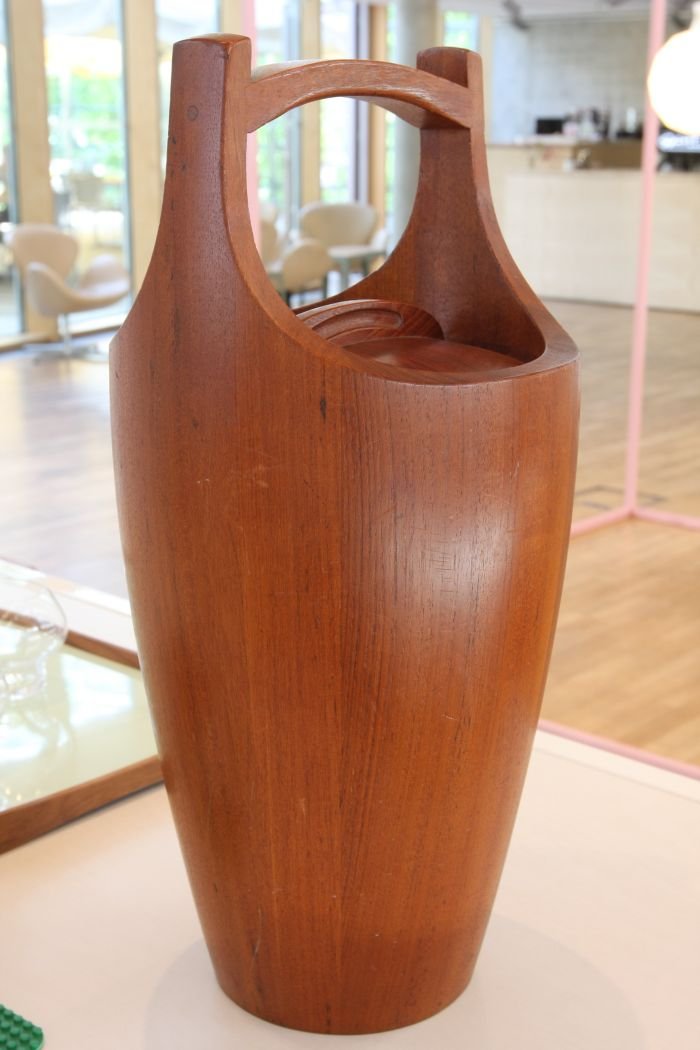
Although not the most extensive, or deepest, exhibition you will ever visit, the intelligently collated range of products and well written information boards help Much More Than One Good Chair eloquently explain how design in Denmark has evolved over the past seven decades, how society in Denmark has evolved over the past seven decades, and by extrapolation how the term Danish Design hasn't.
From the furniture and fittings of the immediate post-war years which arose from need and necessity, the exhibition moves over the later decades of the 20th century when new materials and new technologies made new genres and new typologies of objects not only possible but suitable, applicable and desirable for the new Danish society, and ends with contemporary products which demonstrate how design in Denmark has developed with the increasing frame of the design term, including social design projects such as Hands on Woven, a collection of textiles not only woven by blind craftsfolk, but featuring patterns designed by blind craftsfolk using a system developed by Kolding School of Design graduate Rosa Tolnov Clausen.
The end of the exhibition perhaps most eloquently underscores the increasing divergence between "Danish design" and "Danish Design." From the end you can see the start and thus are reminded of the synonymous chairs. Yet, if we think about the most interesting, relevant and economically important, contemporary chairs from Danish manufacturers, non-Danish designers play a prominent role.
Which isn't to say there aren't any talented, interesting contemporary Danish designers, there are, lots. But is to say that globalisation is both a social and economic process and just as Danish society has become ever more networked and connected, so to has Danish industry increasingly moved outwith artificial geographic confines in its search for those designers most capable of responding to particular contemporary challenges. And just as with the rightly celebrated solutions developed by Henningsen, Jacobsen, Mogensen et al, the most successful and enduring of them will be logical, honest and good. Not Danish. Regardless of the respective designer's birth certificate.
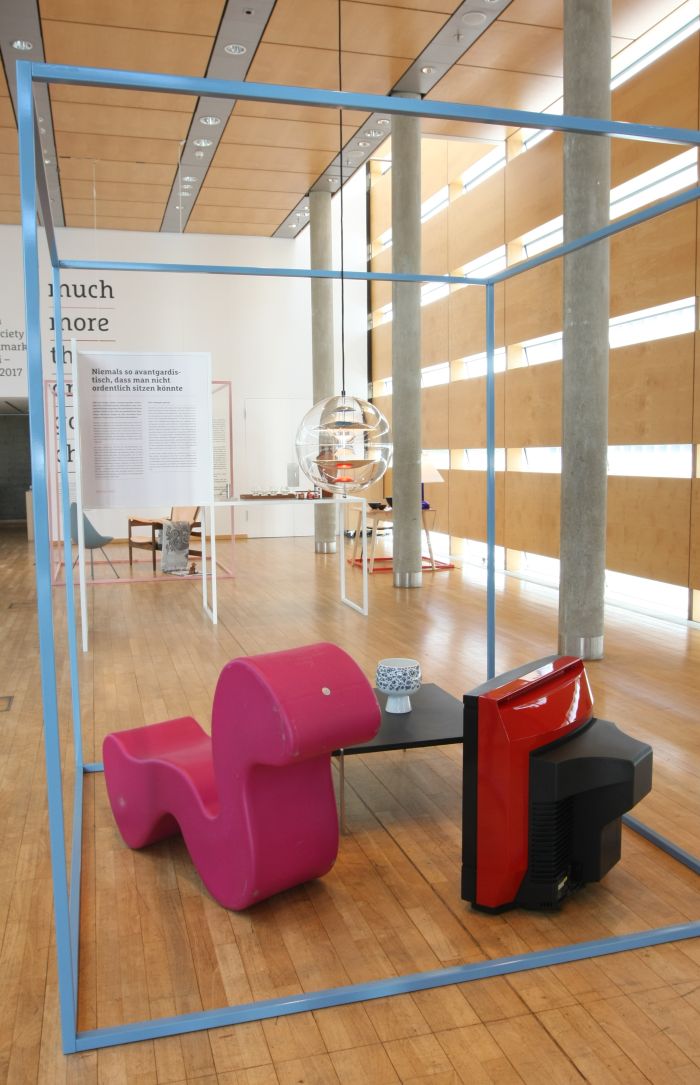
Embassy exhibitions are, if we are all honest, never about fundamental research, far less instigated with the objective distance necessary for genuine academic enquiry, but rather are about representing the home nation, providing a means for outreach to and with foreigners, which is completely understandable, valid and no reason for complaint. Much More Than One Good Chair Good Chair does that while remaining interesting, accessible, relevant and informative, and does so because it avoids slipping into the pitfalls of stereotype or programmaticism, but rather genuinely wants you to understand its message.
In which context, if we did have one complaint it would be that all the information boards are exclusively in German. Yes, it is an exhibition organised and presented in Berlin, but we strongly feel that any exhibition should aim to reach as wide a public as possible, and More Than Just One Good Chair is as relevant to both the myriad non-German speakers who call Berlin home and the tourists - also Danish - who visit every year, as it is to Germanophones.
If we did have a second complaint, it would be the lack of parity between the objects displayed and those printed on the accompanying information leaflet. In particular, that not all the objects on display are listed in the leaflet. And there being no other signage, several items become lost, something which is particularly irking as one of the strengths of the exhibition is that through the competent, considered and coherent fashion in which it is presented, More Than Just One Good Chair is the type of exhibition that stimulates and encourages you to continue your own reflections and research. But if you don't know what you saw........
Design from Denmark has been one of the most important and interesting areas of European design since the war, and we feel will continue to be, that designers born and educated in Denmark will continue to have a relevant voice. Our fear is much like Bauhaus has become watered down to a meaningless simplicity, so to does the commercial fashion for Danish Design risk negating a lot of the work Danish designers carried out, carry out and will continue to carry out. As with rescuing Bauhaus, the onus on rescuing Danish design from Danish Design is on us all to become better educated, better informed.
If you're in Berlin, and speak German, Felleshus is a good place to begin.
More Than Just One Good Chair runs at Felleshus/Nordic Embassies Cultural Centre, Rauchstraße 1, 10787 Berlin until Friday July 7th.
Full details, including information on the accompanying fringe programme, can be found at www.nordischebotschaften.org
